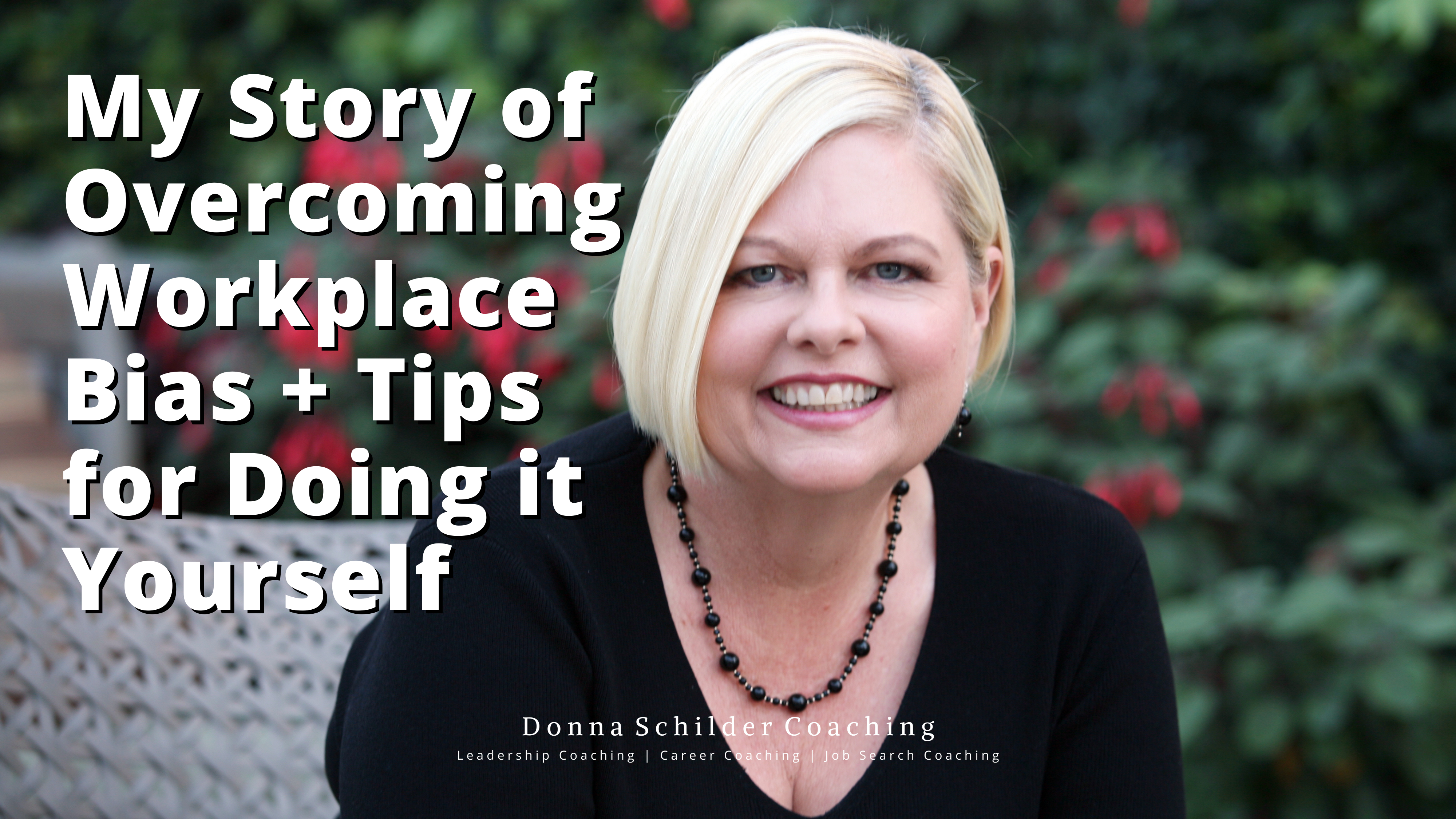You may think that things haven’t changed much with regard to equality for women in the workplace, but in my experience more women move up in organizations, bullying behaviors are much less tolerated, and more women are being mentored and/or coached than in the 1990s at the start of my career. I know we still have a long way to go, but I also know that each of us has the ability to make a difference for ourselves and for the women that come after us.
The following is my story of overcoming workplace bias in the 1990s:
My Story of Breaking Down Barriers in the Workplace
In 1993, I joined Northrop (now Northrop Grumman) to work on the B-2 Bomber project. To show you how things have changed, all the women wore suits, panty hose, and high heeled pumps to work.
In the early 90s, Northrop was a male-dominated company with few female employees. At the time, in Logistics, it was 5% female (mainly secretaries), and there were two female supervisors out of 100 leaders — one led the secretarial pool and the other led the coordinators.
There were no women leaders above a supervisor level.
I joined the Validation department and became the only woman who checked the airplane maintenance manuals (mechanical and electrical). Our U.S. Air Force counterparts found it quite humorous that a woman was working with them.
I endured alpha male behavior — bragging, ribbing, attacking — from my co-workers and the Air Force mechanics. I was a special target. They’d say, “Going to college doesn’t make you a mechanic, your degree is worthless,” or “A woman can’t hold a wrench.”
They also used the dirty jokes they told to make me uncomfortable. They’d say, “awe we’re just joking.”
But they were trying to assert power over me.
At first, I didn’t think I was capable of overcoming the workplace bias because I could not hold up under the bullying, but I was determined.
I watched how the bullied males handled it and noted that almost everyone received some ribbing. I found that they didn’t get mad, laughed along with it, and then put in a jab themselves. I quickly created a list of jabs for each person and used them when I needed them.
Early in my employment at Northrop, I was introduced to the VP of Logistics, an ex-colonel. Without taking a breath he asked me, “Oh, are you a secretary here?”
I said no, I’m in Validation. He looked shocked and wandered off. We’ll come back to him later.
My boss, Roy, was an ex-fighter pilot and was polite but rather cool towards me. One day, I noticed he had signed up for an after-hours series of courses on process improvement and I decided to sign myself up.
In the courses, I was able to display my creative thinking and problem-solving skills. After that, rather than doubting whether I should be in Validation, he became my champion (someone who advocates for you with upper management).
When he assigned me to my first business trip to Whiteman Airforce Base to validate a maintenance manual, I was excited!
But then I heard that the VP had gasped when he saw my name next to the trip and said, “Women don’t go on business trips!” My spirits sank.
It took a week, but Roy finally convinced the VP to let me go.
Our Validation event went off without a hitch!
As I worked with the Air Force, my outsider perspective paid off. They began to request me to be their Validation Analyst. They appreciated my work ethic, attention to detail, and the mistakes I caught that no one else saw.
Meanwhile, the process improvement class was helpful to me in more than one way.
For class, we were required to do a Process Improvement project at work. This pushed me out of my comfort zone and into the spotlight.
I proposed a new project to my boss and then to upper management and it was approved. I gathered team members, ran the meetings based on what I learned in my Process Improvement course, measured our before and after metrics, and calculated our return on investment. I requested to present our accomplishment to upper management (which included the ex-colonel).
The colonel’s chief of staff volunteered to be my unofficial mentor. I was so lucky that he did so. Some of the things he taught me were:
- Presentations to upper management, especially the ex-colonel, should be focused, short, and to the point.
- To appear more assertive, I needed to make my body language and gestures more
expansive to mirror those of my male counterparts.
I kept pitching these process improvement projects and doing the upper management presentations helped build a strong personal brand for myself.
Later that year, I was chosen as Employee of the Quarter (out of 1,000 people in Logistics). I was proud! …Even though someone drew a mustache on my picture.
Since Northrop was getting ready to move to Palmdale, I started looking for a new job. I found a position as a Process Improvement Internal Consultant and let my boss know that I was leaving. He was very disappointed but understood why I was doing it.
At the time, the ex-Colonel was out on Medical Leave for cancer treatment. When he heard about my resignation, he told the leader who was covering his work: “Don’t let Donna go. We don’t want to lose her talent. Look for a management position to offer her and convince her to stay.”
In the end, they offered me two positions. I turned them down, but I felt like I had impacted the organization and it’s culture by shifting the beliefs of several old-school macho men.
The shifts in overcoming workplace bias that you make in your current position will ripple through the work world as people talk about the change and go to other organizations.
If you’re brave and resourceful YOU can change a company culture, too!
Tips for Overcoming Workplace Bias
Use these tips for overcoming workplace bias at your company:
- Never stop learning.
- Work with both male and female mentors.
- Ask your mentor(s) for feedback on how you present yourself.
- Get involved in projects that are outside your normal job duties.
- Add value outside your job duties.
- Find ways to become visible to and network with upper management (the class I took is an example).
- Seek work in a traditionally male industry / business function
- Manage your personal brand by ensuring that upper management knows what you’re contributing.
- Be brave.
Also, I believe the way to continue to make progress on closing the U.S. wage gap for women is to get more women into careers that are considered traditionally male careers.




 Donna Schilder
Donna Schilder Donna Schilder
Donna Schilder